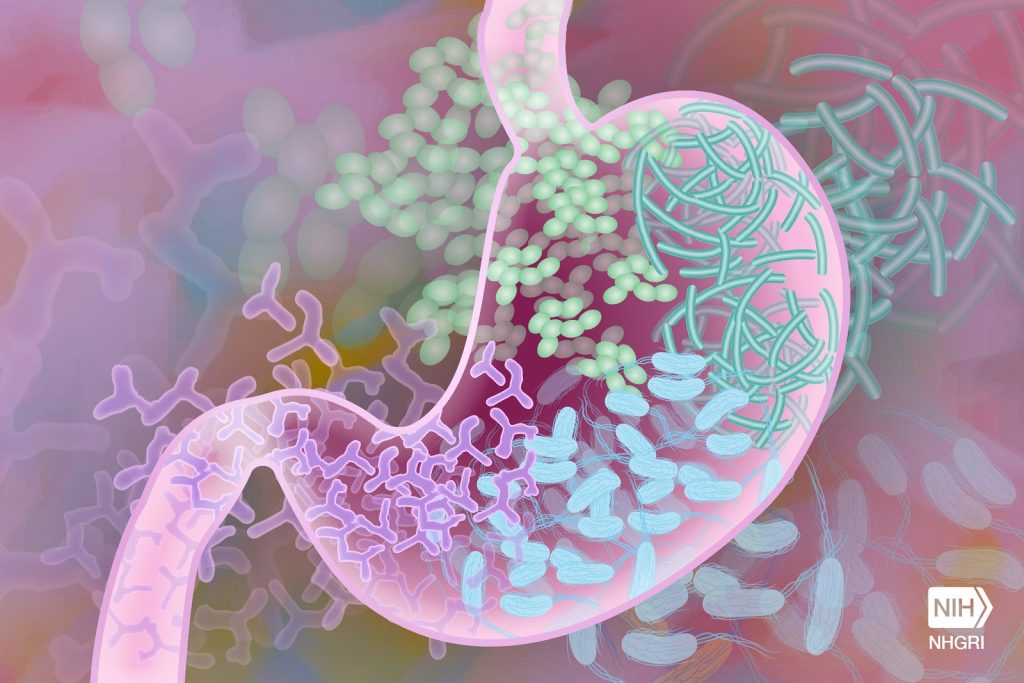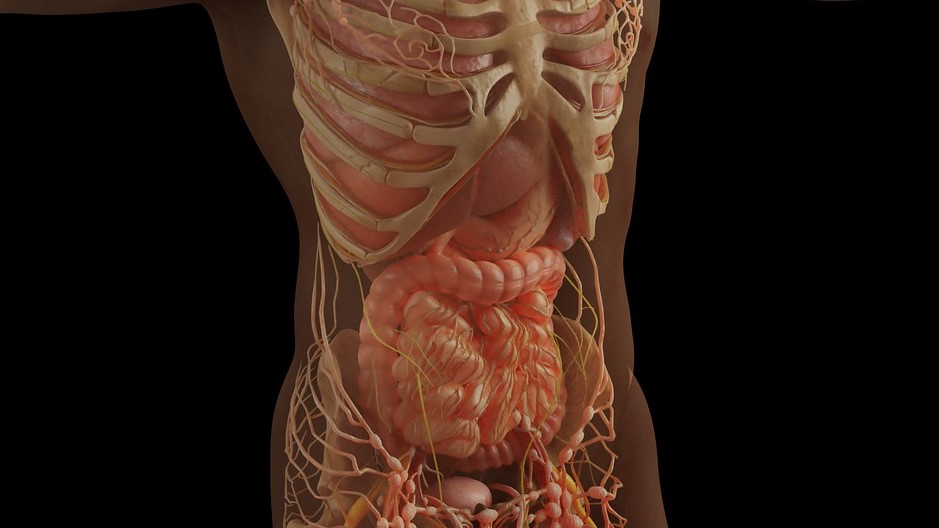Healthcare Innovation in Sub-Saharan Africa

By Kelly Widdop, Consumer Health Cluster Division Head for Bayer Sub-Saharan Africa
Healthcare innovation in Sub-Saharan Africa is rapidly evolving, driven by the need to address critical healthcare challenges such as limited access to healthcare services, high rates of infectious diseases, and growing non-communicable diseases (NCDs). With a population of over 1.1 billion people, many of whom live in rural and underserved areas, innovations are crucial to improving healthcare delivery, accessibility, and affordability.
What innovation in healthcare looks like
Healthcare innovation means more than introducing new medicines or medical devices; it involves creating integrated solutions that address both immediate health needs and systemic barriers to care. Globally, healthcare innovation is being driven by advances in digital technologies, personalised medicine, and artificial intelligence (AI) diagnostic tools. In developed regions, this includes the development of digital health, which provides remote consultation, diagnostic services, and treatment monitoring, helping to overcome geographical barriers for patients in underserved areas. In Sub-Saharan Africa, healthcare innovation is focused on overcoming infrastructure challenges and expanding access to self-care and wellness education. Both globally and locally, and in Sub-Saharan Africa, innovation is reshaping healthcare systems, making them more resilient, accessible, and responsive to the evolving needs of populations.
A decade of transformation – where we are as Sub-Saharan Africa
Sub-Saharan Africa presents a unique set of healthcare challenges, including limited infrastructure, a shortage of resources, and barriers related to affordability and access. Although not showing all at once, many changes are being achieved within the healthcare sector.

Over the past decade, the consumer health sector has undergone transformative growth, driven by a shift towards personalised wellness and a global demand for accessible and preventative care. Innovations in digital tools such as telemedicine and health-tracking apps, have empowered individuals to take charge of their health in real time, fostering a proactive approach to wellness. Alongside this, there has been a surge in personalised health products from targeted vitamins and mineral supplements, dry-to-sensitive skincare solutions, eco-friendly packaging and natural-based ingredients, which is gaining importance as consumers increasingly seek brands that align with their values. These changes have reshaped consumer health, making it more responsive, inclusive and environmentally conscious.
In the realm of nutritional vitamins and minerals, due to the rise in health awareness and lifestyle health management, many consumer health companies have tailored supplements to address common nutrient deficiencies such as bleeding gums, fatigue, joint pain, and delayed wound healing which are usually linked to, for example, a lack of calcium, vitamin b, vitamin c, vitamin d, and zinc. Consumer healthcare products, particularly vitamins and supplements, have empowered individuals to manage everyday health needs independently. With the availability of essential nutrients that support immunity, energy, mental clarity, and general well-being, consumers can now address minor ailments and manage everyday minor issues without needing to visit a doctor all the time, which can get expensive, especially for the low-income consumer. Instead of relying on medical help from a doctor for minor problems, consumers can now find over-the-counter solutions, saving both time and money.
The past decade has brought many changes in the dermatology space within the Sub-Saharan African market. With a focus on unique skin issues in the region, like sun damage and risks from unregulated skin-lightening products, there have been several public campaigns promoting safer skincare. Plus, with the expansion of telemedicine and digital health platforms, more and more people have access to dermatological consultations than ever before, without worrying about distance. The growing popularity of the use of natural ingredients has become super popular as consumers prefer these safer skincare options. In addition to the easily accessible dermatological products, there has been a significant increase in dermatological education and training across the region to build dermatological expertise in the region. Overall, these investments in both new product innovation and community engagement continuously empower consumers to manage their skin health.
In Sub-Saharan Africa, there have been some great advancements in allergy care, making it easier for people to find over-the-counter solutions for their allergy issues. With more people living in cities and changes in lifestyle and the environment, allergies like rhinitis, food allergies, and seasonal allergies are on the rise. To help with this, healthcare providers and companies have made antihistamines more accessible, allowing people to manage their symptoms without always needing to see a specialist. Plus, there is now a lot of useful information available on how to recognize, prevent, and treat allergic reactions, which helps consumers handle their allergies more effectively without frequent medical visits.
Capacity building – a crucial aspect of the transformation
Capacity building has been a crucial aspect of this transformation. Investments in healthcare infrastructure, training programs, and community health initiatives have strengthened the overall healthcare system. For instance, healthcare providers have been trained to use digital health tools effectively, ensuring that they can offer remote consultations and monitor patients’ health from a distance. Community health workers have been equipped with the knowledge and resources to educate people about self-care practices, preventive measures, and the importance of regular health check-ups. These efforts have not only improved healthcare delivery but also empowered individuals to take control of their health.
Access to self-care has also expanded significantly. With the availability of over-the-counter products, individuals can now manage minor health issues on their own and educational campaigns have raised awareness about the importance of self-care, encouraging people to adopt healthier lifestyles and seek medical advice when necessary. This shift towards self-care has reduced the burden on healthcare facilities and allowed individuals to take a more active role in managing their health, and these changes have reshaped consumer health in Sub-Saharan Africa, making it more responsive, inclusive, and environmentally conscious.
What Sub-Saharan Africa can continuously adopt to succeed
Global relations and intercontinental trade have uniquely provided Sub-Saharan Africa an advantage in bringing successful healthcare innovations to the region.
The adoption of digital health platforms has the potential to change healthcare delivery in rural and underserved areas. Remote monitoring systems can help close the gap in access to health services, making it easier and more convenient for people to get care—just like what has been done successfully in places such as India and Latin America. Personalised health solutions, such as vitamin supplements and skincare products, can cater to local needs and encourage people to take charge of their health and health education initiatives delivered through social media and schools can empower individuals with health literacy, creating a culture of preventive self-care and informed consumer choices.
Additionally, telemedicine and remote care technologies can also be expanded across Africa to keep track of consumers’ health, ensuring they get continuous care even when healthcare facilities are hard to reach. Healthcare in Sub-Saharan Africa should go beyond just offering new products; it should be about creating lasting solutions that truly empower people, patients, and communities. Innovations that fit local needs can make a real difference and improve lives across the continent.
References
- https://reliefweb.int/report/world/state-health-who-african-region-analysis-status-health-health-services-and-health
- https://www.frontiersin.org/journals/digital-health/articles/10.3389/fdgth.2023.1037113/pdf
- https://africahealthforum.afro.who.int/
- https://www.intechopen.com/chapters/1176535
- https://www.afdb.org/fileadmin/uploads/afdb/Documents/Publications/Innovative_e%E2%80%91Healthb_Solutions_in_Africa_Award.pdf
- https://www.sciencedirect.com/science/article/pii/S1386505621000939
- https://www.discovery.co.za/corporate/health-healthcare-lies-in-digital-world
- https://africandigitalhealth.org/













